Dandelions And 5 More Plants That Predict The weather
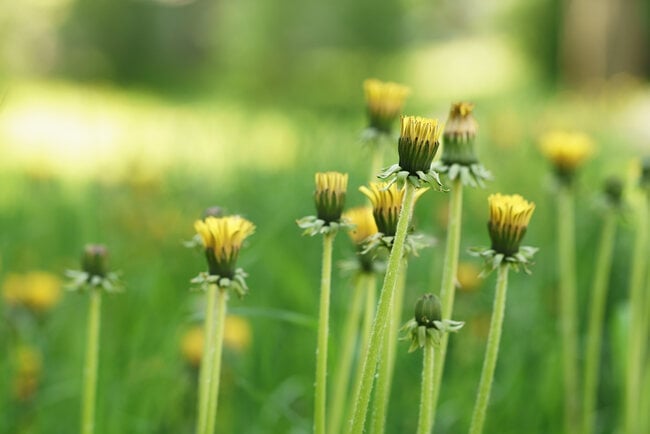
Did you know that there are plants that predict the weather? Dandelions and these five other plants can tell you when it may rain, the temperature outside, and more!
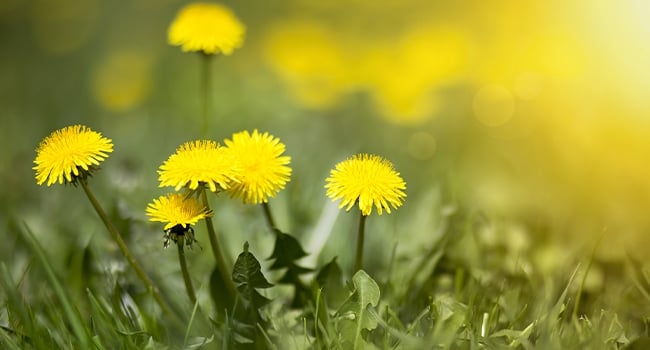
Dandelions
Despite their reputation as pesky lawn weeds, dandelions are also good indicators of rain—especially since you’re likely to find them wherever you go! Like pimpernels (see below), these herb-flowers close when they detect moisture and reopen when the weather dries. Learn more about dandelions.
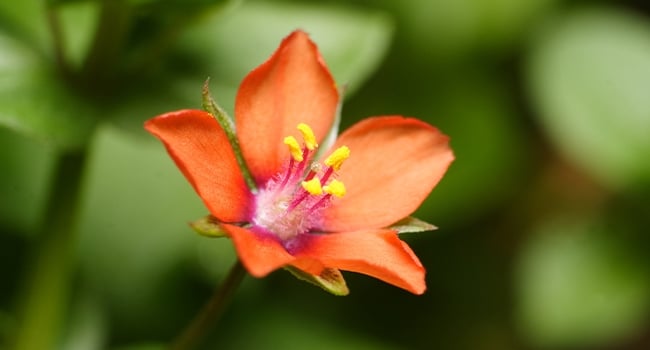
Scarlet Pimpernel
The scarlet pimpernel is such a good prognosticator of fair and foul weather that it has been nicknamed the “poor man’s weather glass.” Its blooms remain open in full sun, but when skies turn cloudy or humidity reaches about 80%, they fold up like little rain-shy umbrellas. They do this to keep their pollen dry and their nectar from being diluted.
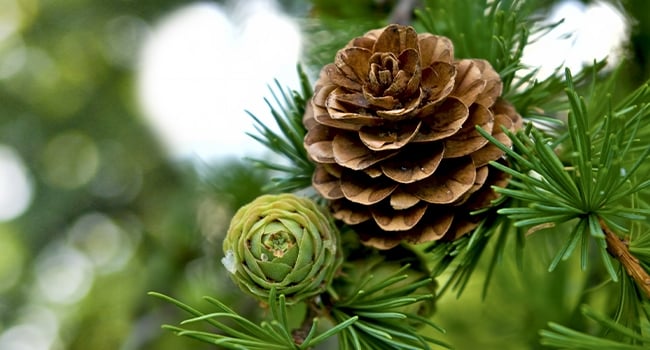
Pine Cones
Even fallen pine cones can be used to predict the weather. If the air is dry, pine cones fan out their scales, resembling mini-Christmas trees. If, however, there is a rise in humidity or if rain is in the air, their scales will clamp tightly shut, overlapping one another. This finicky behavior has to do with seed dispersal phenology.
During dry weather, seeds nestled deep within the pine cone are looser, lighter, and more easily carried off by winds. But when the weather is damp, seeds are prone to clumping together and won’t travel as far away from home.
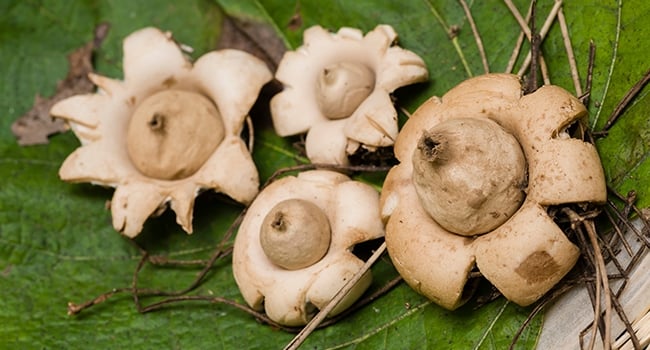
Earthstar
Contrary to dandelions and other plant prognosticators, earthstar (Astraeus hygrometricus) is observed during gloomy weather and predicts when conditions will clear. This fungus—which resembles a brown mushroom surrounded by a skirt of leathery “petals”—remains open during rainstorms (raindrops help disperse its spores), so when these “petals” curl up and enclose the center spore sac, you can expect rain to end soon. Learn more about Earthstars and other fungi at the NationalParkService.gov.
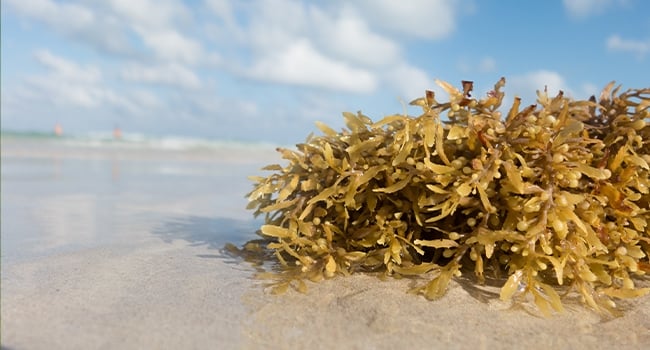
Seaweed
If you’re a coastal dweller, be sure to keep an eye on any surfaced seaweed. Pay particular attention to what this humidity-sensitive plant does after it washes ashore and lies exposed to the air. When it plumps up, that’s an indicator the weather is damp and muggy. (This is likely a result of the plant being coated with sea salt, which is hygroscopic and attracts moisture.)
If, however, surfaced seaweed appears shriveled and dehydrated, take it as a sign that conditions are dry.
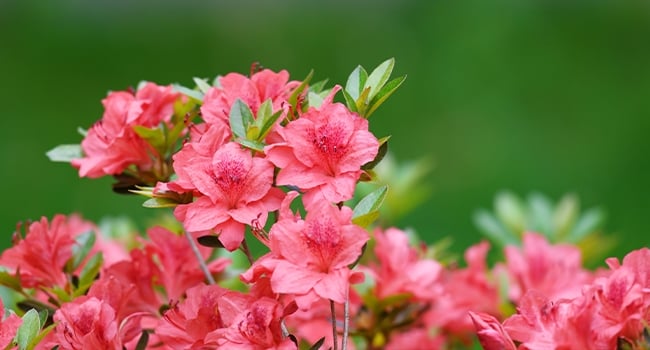
Rhododendron
Curious to know the current air temperature? Look to the nearest rhododendron shrub. When temperatures dip to 32 degrees Fahrenheit (freezing), a rhododendron’s long, leathery leaves begin to droop and gradually curl inward. And at 20 degrees and lower, their leaves are tightly curled, like cigars, and point straight down to the ground.
This behavior is basically a defense mechanism. Since rhododendron plants aren’t able to soak up as much groundwater when soil is frozen, they curl their leaves so as not to lose water through them. However, once temperatures creep back above the freezing mark, rhododendron leaves fully unfurl and return to their flat, oval shape.
Join The Discussion
Did you know any of these fun facts about dandelions and other plants that predict the weather?
What is one thing that you learned today?
Let us know in the comments below!

Tiffany Means
Tiffany Means is a freelance writer and a degreed meteorologist. She specializes in weather forecasting and enjoys making the subject of weather (and the science behind it) more relatable. She currently resides in the Blue Ridge Mountains of North Carolina.


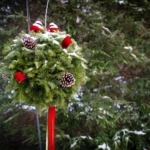

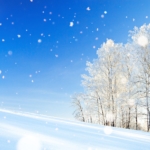

Interesting – some I have heard about and many do happen.
Fascinating! Thank you for sharing. I did not know a single one of these facts.
Just want you to know I enjoyed this article!
Thanks Karen! We do appreciate your comment!
That was awesome thank you
Very interesting article Tiffany! I love Farmer’s Almanac and can always count on learning something new! Thank you!
Thanks Karen! So glad you are enjoying our articles!!
Thanks for all the interesting facts. My Daddy was a true believer & got me started in the Farmers Almanac. As a child it was dumb. Not at all! Even for medical (many surgeries I had) He would look to see where the sighn was. When it says plants will yield little,You best not plant! I learned the hard way. People think I have a green thumb…I just have common sense, the Farmers Almanac & God! Which gives me the strength to do what I love! Gardening
What a wonderful testimony! Thank you for sharing this with us!
What a great article, Tiffany – I did not know about any of these, and the information on dandelions and seaweed is especially fascinating.
I’m intrigued every spring with my tulips – I love watching how they close for the night and when it turns cooler and how they respond to sun and warmth.
They truly are fascinating!
That was some amazing stuff! I did want to ask when plants change their stance like mentioned, is it exactly when the weather changes?! My reason behind this is it had said “predicted” as in the weather that’s on its way not already here. Like the Rhodie’s when they curl downward when freezing temps are present. My question was do they do this before even then so as to predict the freeze is coming, not already here cuz I wouldn’t think that’s all that helpful to me personally if they tell us what it is currently?! I was gonna try & learn about this so I can prepare plants for a potential overnight freeze when tenting etc should starts before it actually freezes to try & avoid plant damage overnight.
Who knew? I am just getting interested in planting okra and I was kind of nervous about starting. This is very good information!
We are glad you found this useful and good luck on your planting journey! Keep us posted.
Thanks for the fine article and combination of plants and weather….i can’t wait to get out into the pine woods and sea shore of the Cape next week to observe what nature has to offer by way of looking close.